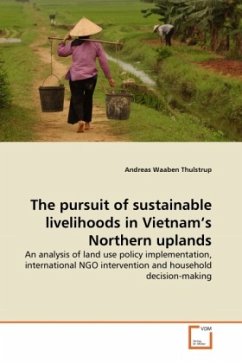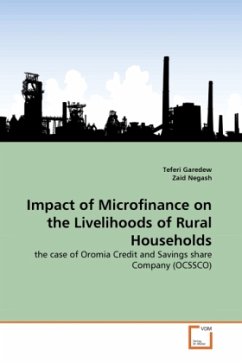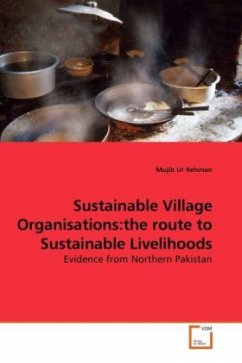
The pursuit of sustainable livelihoods in Vietnam's Northern uplands
An analysis of land use policy implementation, international NGO intervention and household decision-making
Versandkostenfrei!
Versandfertig in 6-10 Tagen
32,99 €
inkl. MwSt.

PAYBACK Punkte
16 °P sammeln!
Despite remarkable achievements in economic growth and poverty reduction, disparities between upland & lowland areas in Vietnam still exist. Numerous development programs have been implemented in upland areas but have frequently failed to achieve their objectives. The top-down approach of the government & its failure to recognize both local informal institutions & the strategies that shape household decision-making has produced unintended results. International NGOs have started working and delivering services in rural areas of Vietnam. Unlike government intervention, NGOs often employ a botto...
Despite remarkable achievements in economic growth and poverty reduction, disparities between upland & lowland areas in Vietnam still exist. Numerous development programs have been implemented in upland areas but have frequently failed to achieve their objectives. The top-down approach of the government & its failure to recognize both local informal institutions & the strategies that shape household decision-making has produced unintended results. International NGOs have started working and delivering services in rural areas of Vietnam. Unlike government intervention, NGOs often employ a bottom-up approach in order to represent the most marginalized groups. The aim of this book is to analyze the enabling & constraining factors for the average household, experienced as a result of planned intervention. Planned intervention mostly benefits households that already possess significant human & social capital & are able to strategically negotiate with external actors & incorporate elements of intervention in existing livelihood strategies. Other actors are constrained by intervention as a result of dependency on inputs, technology for intensive farming, as well as by inequality & debt.












